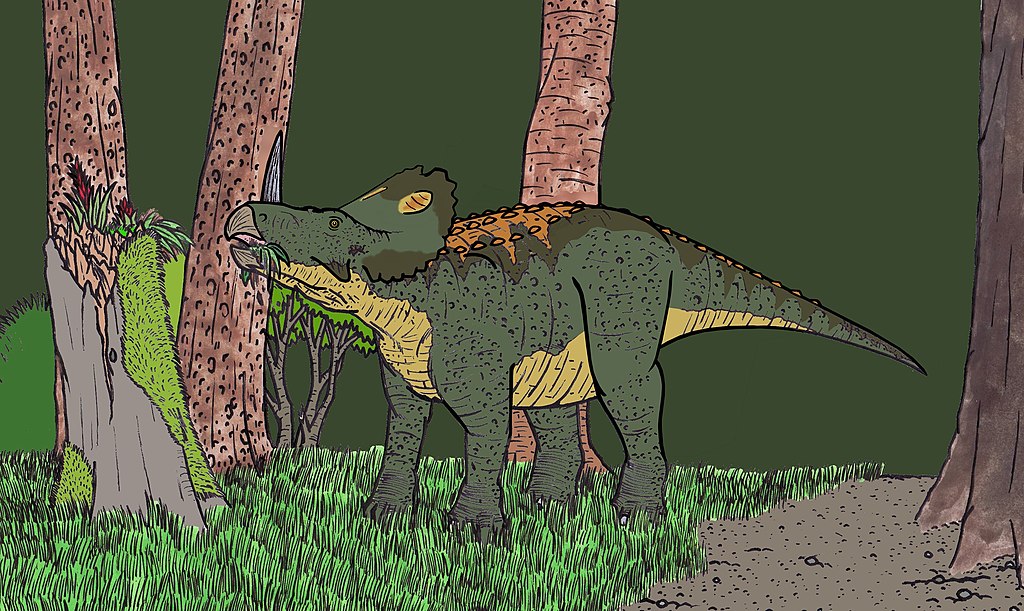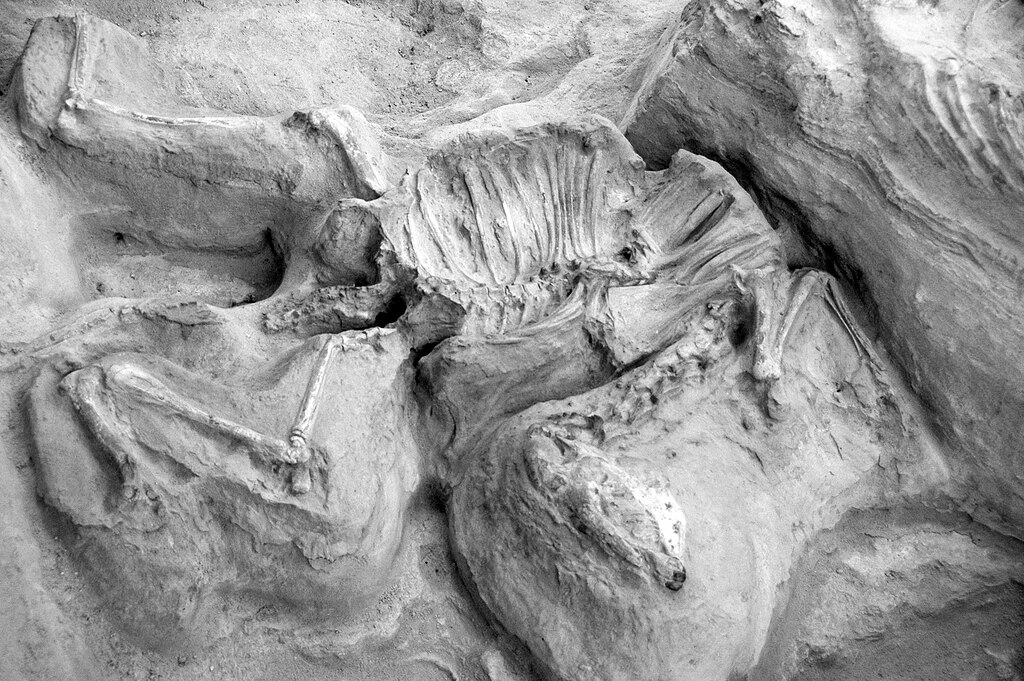Journey back through time at one of Germany’s most captivating prehistoric attractions, where ancient worlds come alive through cutting-edge technology and meticulous scientific recreation. Gondwana – Das Praehistorium offers visitors an unparalleled opportunity to experience Earth’s distant past in stunningly realistic detail. Located in the scenic Rhineland-Palatinate region, this unique museum and theme park hybrid has revolutionized the way we connect with prehistory, making it accessible and engaging for visitors of all ages. From life-sized dinosaur models to immersive ecosystem recreations, Gondwana stands as a testament to both educational excellence and entertainment innovation.
The Vision Behind Gondwana
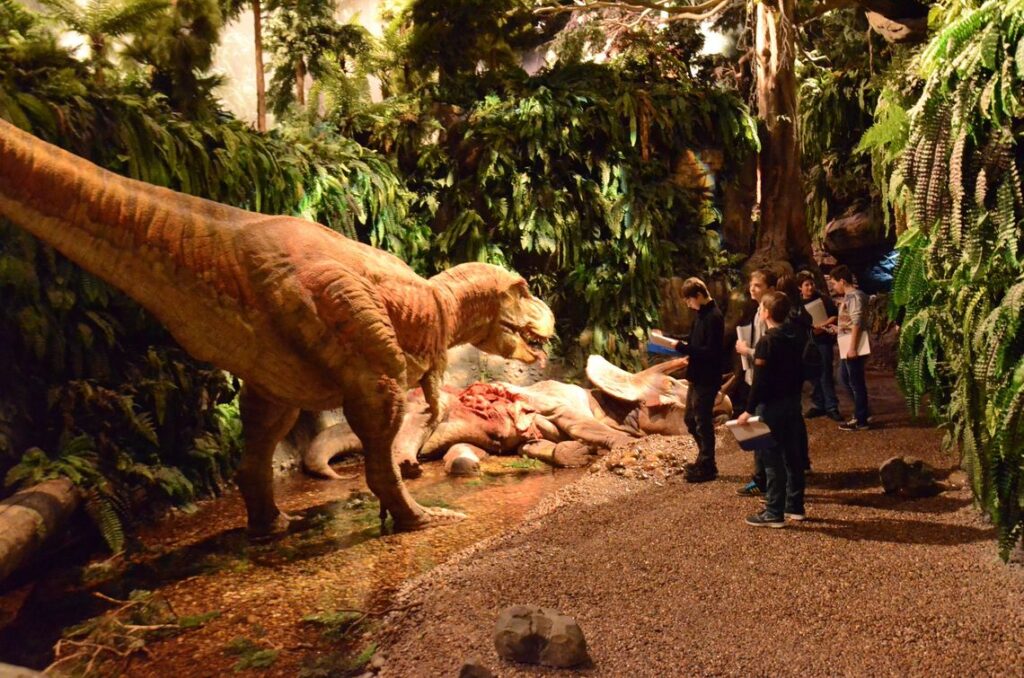
Gondwana – Das Praehistorium emerged from an ambitious vision to create a space where visitors could genuinely feel transported back to prehistoric times. Founded in 2008, the attraction was built on the site of a former wildlife park in Landsweiler-Reden, integrating the natural landscape with cutting-edge exhibition technology. The founders collaborated with paleontologists, geologists, and educational experts to ensure scientific accuracy while maintaining an engaging visitor experience. This dedication to both entertainment and education has become Gondwana’s hallmark, distinguishing it from traditional museums or amusement parks. Rather than simply displaying fossils behind glass, Gondwana’s creators sought to immerse visitors in complete prehistoric environments, engaging all the senses in the learning experience.
A Journey Through Deep Time
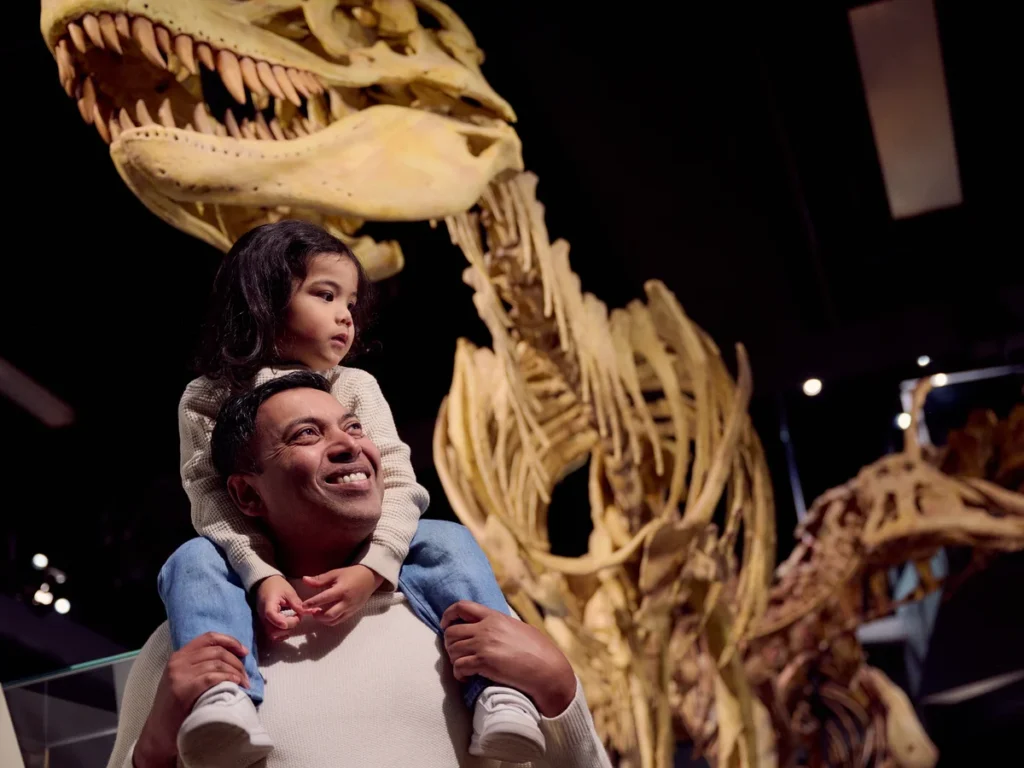
The core experience at Gondwana is structured as a chronological journey through Earth’s major geological periods, beginning over 400 million years ago. Visitors traverse through the Carboniferous, Permian, Triassic, Jurassic, and Cretaceous periods, witnessing the dramatic evolution of life and landscapes across these vast timeframes. Each zone features distinct atmospheric conditions, vegetation, and animal life appropriate to its era, creating a tangible sense of time travel. The carefully planned pathway ensures logical progression through evolutionary history, helping visitors grasp the immense timescales involved in Earth’s development. This chronological approach provides context that makes prehistoric life more comprehensible, showing not just isolated creatures but complete functioning ecosystems as they evolved and changed over millions of years.
Animatronic Marvels: Bringing Dinosaurs to Life

At the heart of Gondwana’s appeal are its remarkably lifelike animatronic creatures, particularly its dinosaur reproductions that captivate visitors of all ages. These aren’t simple moving models but sophisticated robotic creations informed by the latest paleontological research. Each dinosaur features realistic skin textures, anatomically correct proportions, and fluid movements that reflect current scientific understanding of how these animals moved and behaved. The attention to detail extends to subtle breathing movements, blinking eyes, and responsive behaviors that create an uncanny sense of encountering living prehistoric creatures. What makes Gondwana’s dinosaurs particularly special is the contextual presentation—rather than standalone exhibits, these creatures appear within complete habitat recreations, interacting with their environment and other species just as they would have millions of years ago.
The Carboniferous Forest Experience
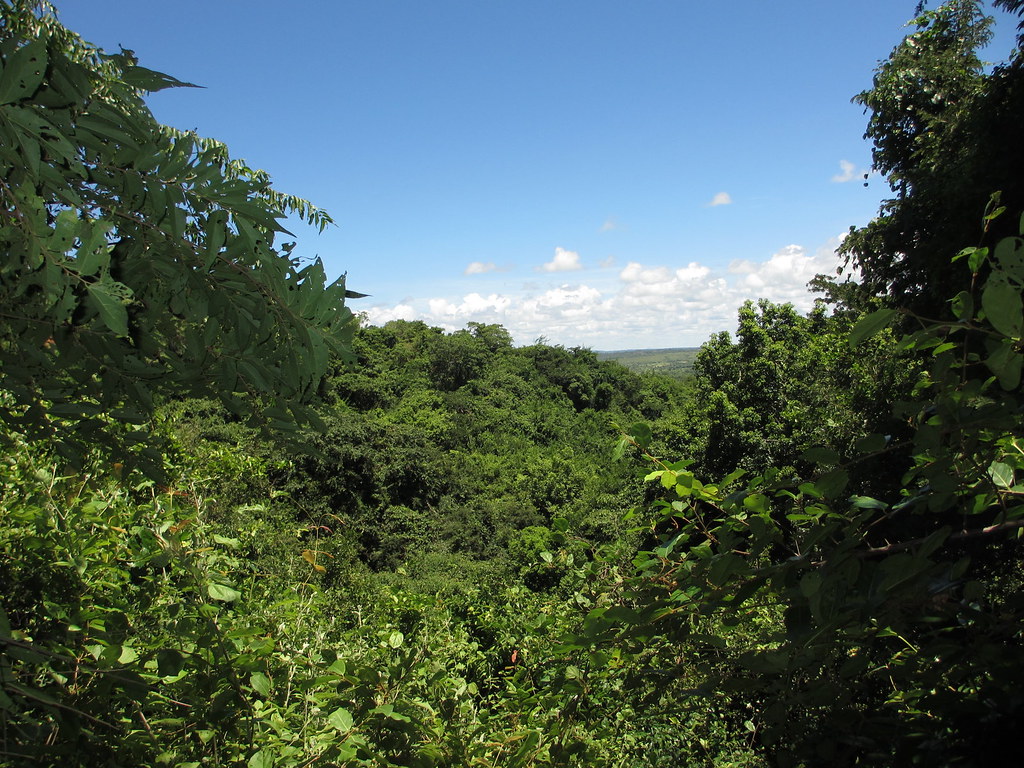
One of Gondwana’s most impressive habitat recreations is its Carboniferous forest, transporting visitors back approximately 300 million years to a time when much of Earth was covered by steamy swamp forests. The exhibit features towering tree ferns, giant horsetails, and primitive conifers at true-to-life scale, creating an otherworldly forest environment unlike anything in our modern world. Visitors can experience the humid, oxygen-rich atmosphere that characterized this period, helping explain how insects and amphibians grew to such impressive sizes. Giant dragonflies with wingspans exceeding 70 centimeters hover overhead while massive millipedes crawl through the underbrush, showcasing the unique megafauna of invertebrates that dominated this era. The careful recreation of this ancient ecosystem provides insight into the formation of coal deposits and the evolutionary developments that occurred during this pivotal period in Earth’s history.
Underwater Worlds and Marine Reptiles
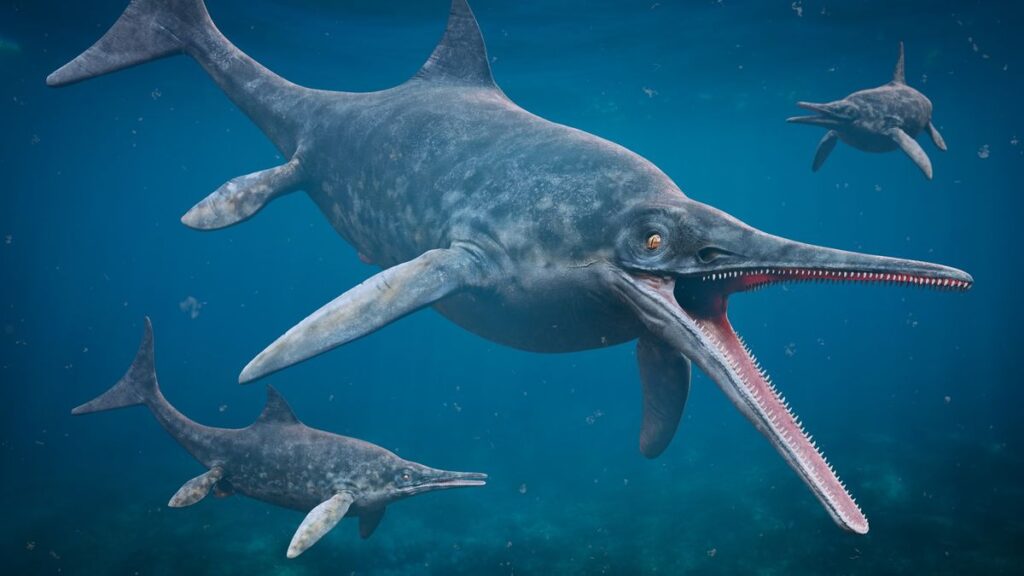
Gondwana excels not only in terrestrial prehistoric recreations but also in its representations of ancient marine environments. The marine exhibits feature massive aquarium-style displays where visitors can observe animated models of prehistoric sea creatures, from early sharks to imposing marine reptiles like plesiosaurs and mosasaurs. Special lighting and sound effects recreate the murky depths of Mesozoic oceans, complete with realistic water movements and ambient sounds. Educational displays explain how these marine predators evolved specialized adaptations for ocean life and their ecological roles within prehistoric food webs. Particularly impressive is the recreation of an ichthyosaur hunting scene, where visitors can witness the predatory behaviors of these dolphin-like reptiles as they pursue ancient cephalopods through the recreated prehistoric seas, offering insights into predator-prey relationships that shaped marine evolution.
Scientific Accuracy and Educational Mission

What distinguishes Gondwana from mere entertainment venues is its unwavering commitment to scientific accuracy in all its exhibits. The attraction maintains ongoing partnerships with paleontological research institutions and universities to ensure all presentations reflect current scientific consensus. When new discoveries or revised theories emerge in paleontological science, Gondwana updates its exhibits accordingly, maintaining its status as an educational resource rather than just a theme park. Educational materials throughout the facility provide context for the visual displays, explaining evolutionary processes, extinction events, and geological changes in accessible language for visitors of all backgrounds. The attraction employs trained guides with backgrounds in natural sciences who can answer visitors’ questions and provide deeper insights into the prehistoric worlds on display, further enhancing the educational value of the experience.
Interactive Learning Opportunities
Beyond passive observation, Gondwana offers numerous hands-on learning experiences designed to deepen visitor engagement with prehistoric concepts. Fossil dig sites allow visitors, particularly children, to experience archaeological work firsthand by uncovering replicas of important fossils buried in specially prepared sandpits. Touch stations feature authentic fossils and casts that visitors can handle directly, feeling the textures and structures of creatures that lived millions of years ago. Interactive digital displays allow exploration of prehistoric anatomy, letting visitors manipulate 3D models to understand dinosaur biomechanics or examine the internal structures of ancient plants. Particularly popular is the paleontologist laboratory simulation, where visitors can try techniques used to clean and preserve fossil specimens, gaining appreciation for the meticulous work behind our understanding of prehistoric life.
Special Effects and Atmospheric Immersion
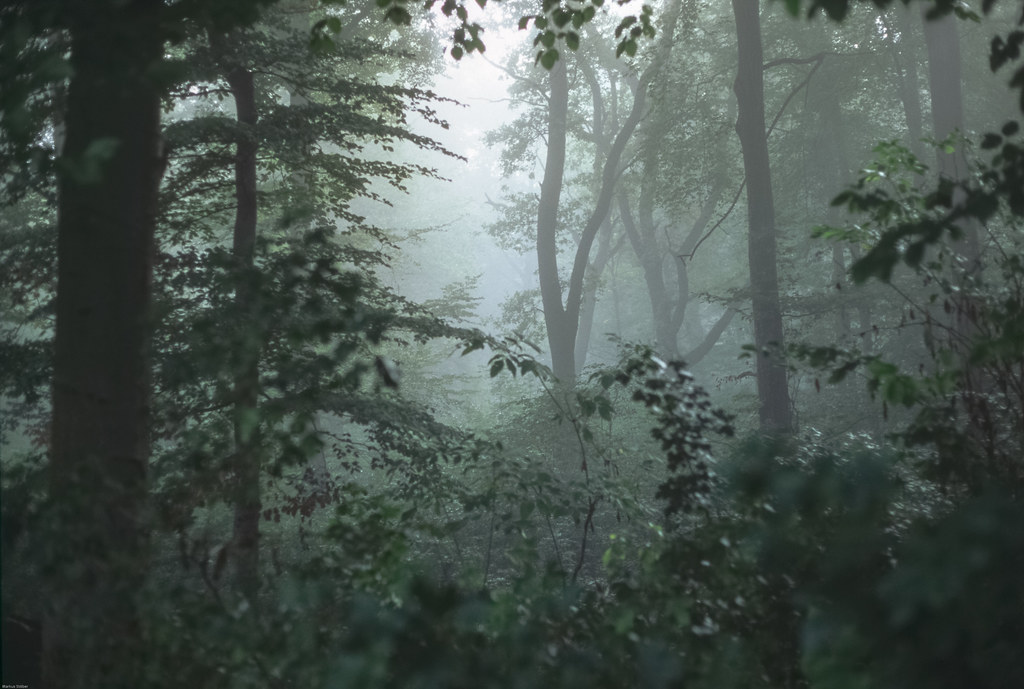
The immersive quality of Gondwana’s prehistoric worlds owes much to its sophisticated use of special effects that engage all senses. Climate control systems recreate the distinct temperatures and humidity levels of different prehistoric periods, from the steamy warmth of Carboniferous swamps to the drier environments of the late Cretaceous. Carefully engineered soundscapes fill each zone with the calls of prehistoric creatures, rustling vegetation, and ambient environmental sounds based on scientific hypotheses about ancient ecosystems. Specialized lighting systems simulate different atmospheric conditions and time periods, while subtle scent diffusers release earthy, vegetal aromas appropriate to each recreated habitat. Perhaps most impressive are the weather simulation effects that periodically send fog rolling through the Mesozoic landscapes or create gentle “rainfall” in the tropical sections, creating a multisensory experience that makes the prehistoric world tangibly real to visitors.
The Extinction Experience
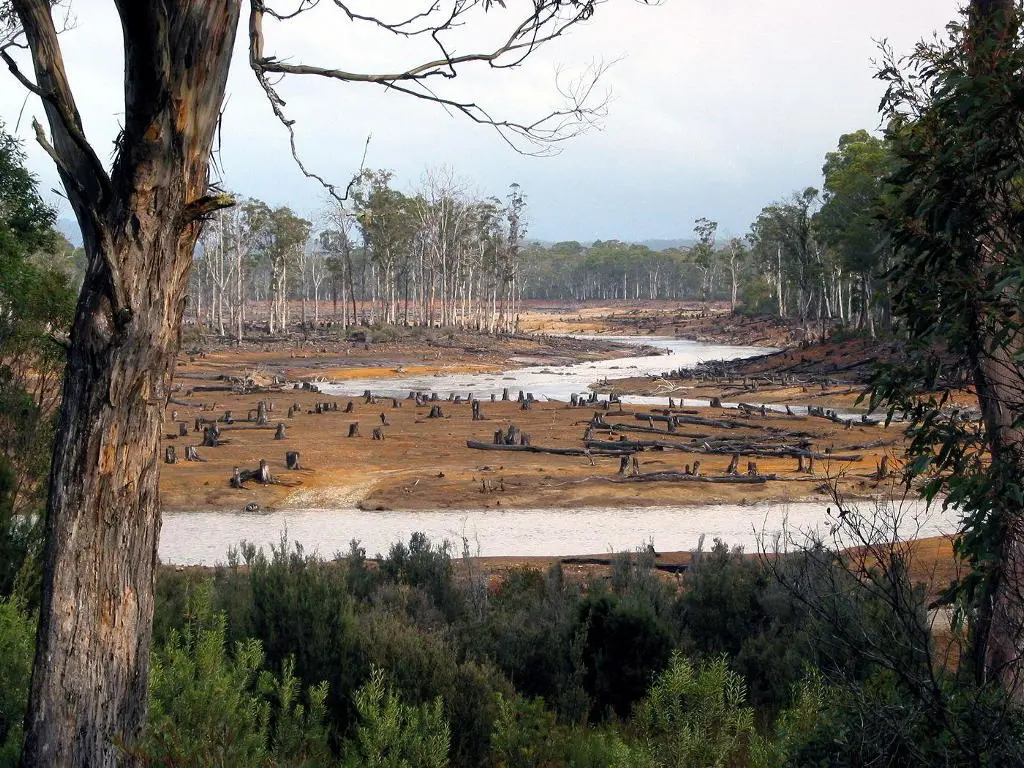
One of Gondwana’s most powerful and educational sections deals with the major extinction events that punctuated Earth’s history, particularly the end-Cretaceous event that eliminated the non-avian dinosaurs. This exhibit combines dramatic sensory effects with scientific explanation to help visitors comprehend these catastrophic transitions. A specially designed theater space recreates the aftermath of the Chicxulub asteroid impact with startling realism, using projection mapping, vibration effects, and atmospheric changes to simulate the environmental devastation that followed. Interactive timelines demonstrate the pattern of species loss and the dramatic changes to global ecosystems following each major extinction event. Most importantly, the exhibit connects these prehistoric extinctions to contemporary conservation challenges, helping visitors understand both the fragility and resilience of Earth’s biodiversity across geological timescales.
The Human Evolution Gallery
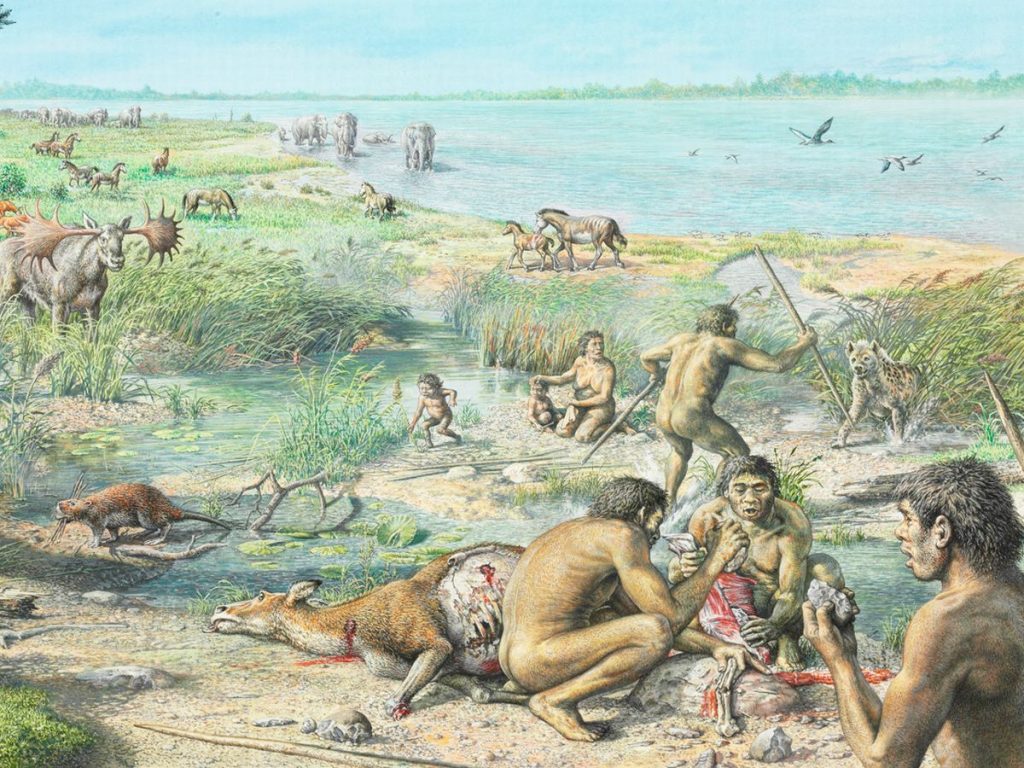
Completing the chronological journey, Gondwana includes a compelling exhibition on human evolution that places our species in the context of Earth’s longer history. Life-sized reconstructions of early hominids, created with input from physical anthropologists, show the gradual anatomical changes that occurred during human evolution. Dioramas depict key moments in prehistoric human development, from early tool use to the mastery of fire and the development of art and complex social structures. Interactive displays allow visitors to compare their own physical capabilities to those of different human ancestors, testing grip strength against Homo neanderthalensis or running speed against Homo erectus. The exhibit thoughtfully addresses common misconceptions about human evolution, emphasizing that evolution proceeds not as a linear progression but as a branching tree with multiple contemporaneous hominin species throughout much of our evolutionary history.
Seasonal Events and Special Exhibitions
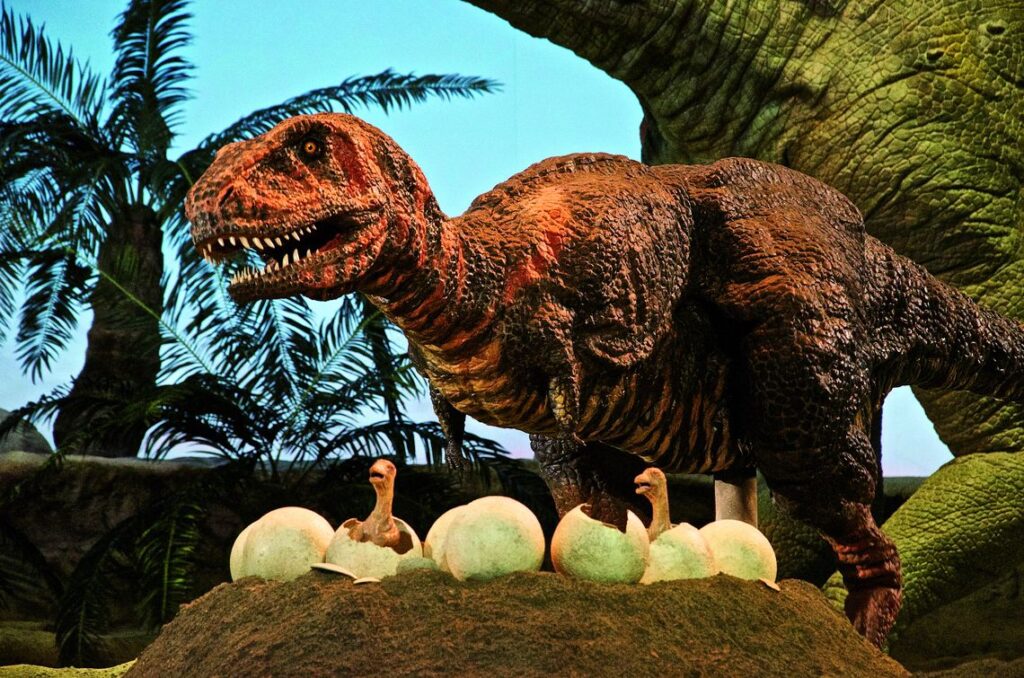
Gondwana maintains visitor interest through a rotating calendar of special events and temporary exhibitions that complement its permanent displays. Summer dinosaur camps offer extended educational programs for children, combining outdoor activities with prehistoric learning in week-long immersive experiences. Night tours provide a completely different perspective on the prehistoric worlds, with specialized lighting creating dramatic effects and highlighting different aspects of the exhibits than are visible during daylight hours. Visiting paleontologists regularly present public lectures and demonstration sessions, bringing cutting-edge research directly to the public in accessible formats. The facility also hosts temporary exhibitions focusing on specific prehistoric themes, from the evolution of flight to deep-sea prehistoric ecosystems, ensuring repeat visitors always discover something new and engaging.
Sustainability and Modern Environmental Context
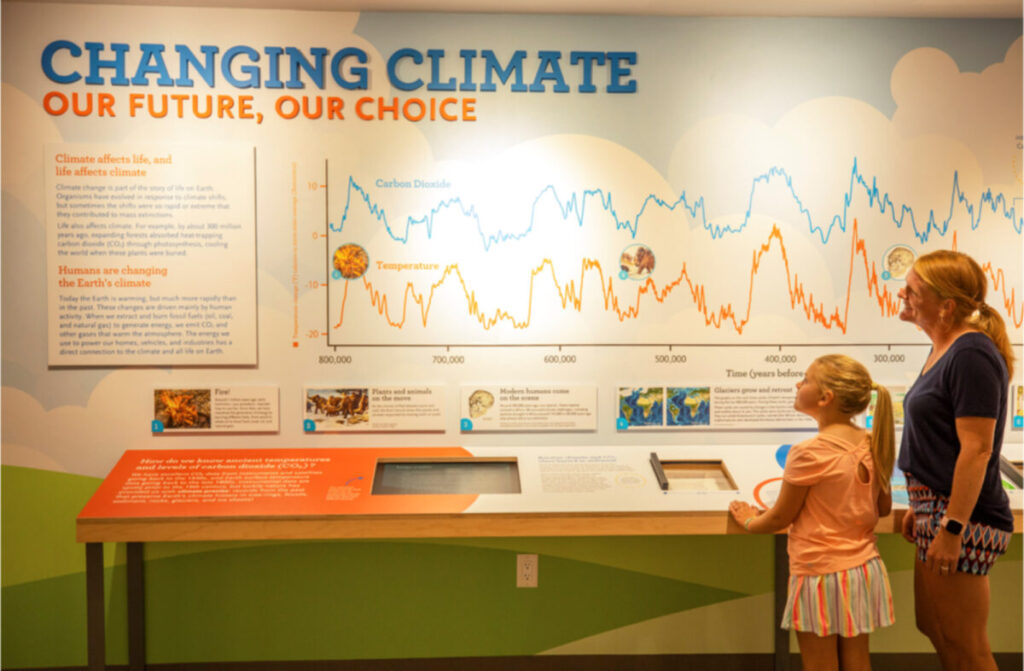
In recent years, Gondwana has expanded its educational mission to include connections between prehistoric environmental changes and contemporary climate challenges. A dedicated exhibition space explores the parallels between past climate transitions and current global warming, using Earth’s prehistoric climate fluctuations to provide context for modern environmental changes. The facility itself operates with strong sustainability commitments, utilizing renewable energy sources, rainwater collection systems, and energy-efficient building technologies to minimize its environmental footprint. Educational materials throughout the park highlight the relevance of paleontology to understanding current biodiversity challenges and ecological resilience. This forward-looking approach helps visitors connect ancient history with present-day environmental stewardship, demonstrating how understanding Earth’s past can inform our approach to its future.
Visitor Experience and Accessibility

Gondwana has earned recognition for its commitment to creating an inclusive experience accessible to visitors of all ages and abilities. The facility features wheelchair-accessible pathways throughout all exhibition areas, with ramps and elevators ensuring all prehistoric worlds can be explored regardless of mobility limitations. Audio descriptions and tactile exhibits accommodate visually impaired visitors, while written materials are available in multiple languages and reading levels. For families with young children, dedicated play areas incorporate prehistoric themes into age-appropriate activities, and simplified educational materials make complex concepts accessible to developing minds. The facility’s layout includes quiet zones for visitors who may need sensory breaks, and staff receive specialized training in assisting visitors with diverse needs, making Gondwana a truly inclusive window into Earth’s fascinating prehistoric past.
## A Window to Our Planet’s Past
Gondwana – Das Praehistorium stands as a remarkable achievement in educational entertainment, bridging the gap between scientific knowledge and public engagement with prehistoric worlds. By combining rigorous research with innovative presentation techniques, this unique attraction offers visitors something beyond traditional museums or theme parks – a genuine sense of connection with Earth’s distant past. As visitors emerge from their chronological journey through time, they carry not just facts about dinosaurs and ancient ecosystems, but a deeper appreciation for the complex, ever-changing nature of our planet and the incredible diversity of life it has supported across billions of years. In making prehistory accessible, tangible, and emotionally engaging, Gondwana fulfills an important role in scientific education while providing an unforgettable experience for visitors of all backgrounds.



